1. Barbie Became a Fierce Warrior in Japan
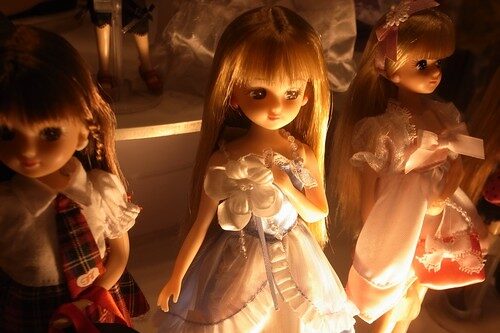
Barbie might be the epitome of American glamour and girly dreams, but when she crossed over to Japan, she traded in her Malibu lifestyle for something a lot more traditional—and fierce. Japanese toymaker Takara created a similar doll named Licca-chan, who looked more like a sweet schoolgirl than a fashion icon. Instead of dream houses and convertibles, Licca-chan was often seen in school uniforms and kimonos, navigating everyday life in Japan. She even had a detailed backstory that included her birthday, blood type, and favorite foods shares CBR.
Interestingly, Barbie herself didn’t catch on in Japan the way she did in the U.S., partly because her exaggerated proportions and Western style didn’t resonate with Japanese sensibilities. That’s why Takara’s version, while inspired by Barbie, was more demure and relatable. The success of Licca-chan shows how a simple concept like a fashion doll can shift dramatically to fit a culture’s values. And honestly, it’s kind of refreshing to see a doll just being a regular kid says Worldcrunch.
2. G.I. Joe Became a Robot in South Korea

G.I. Joe was America’s answer to the action figure, born out of patriotic flair and battlefield grit. But when the figure made its way to South Korea, it got a serious makeover. Instead of a military man, he was reimagined as part of a robot-fighting series called Diaclone, which later influenced the Transformers line. The tough guy in camo became a shiny, mechanical warrior with lasers and intergalactic missions says Forbes.
The militaristic themes of the original G.I. Joe didn’t land as well overseas, especially in places with complicated histories around war. So they swapped out the soldier storyline for something more futuristic and flashy. South Korean kids were suddenly playing with high-tech bots instead of dog-tagged heroes. And in a roundabout way, that switch helped birth the global Transformer craze adds Wikipedia.
3. Mr. Potato Head Went Gourmet in France
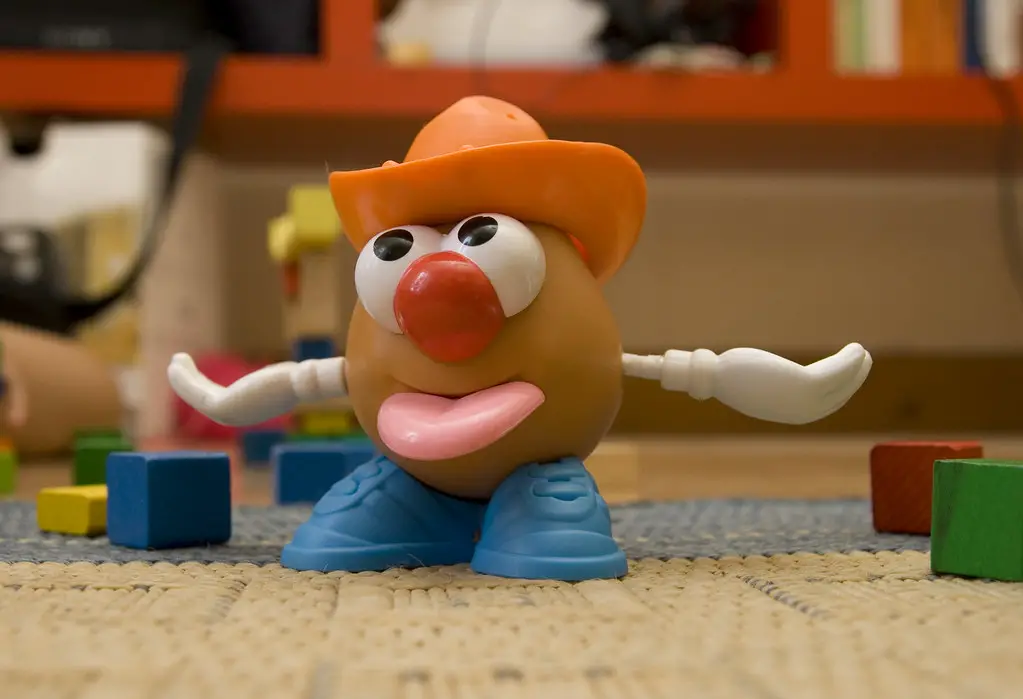
In America, Mr. Potato Head has always been that goofy vegetable who loses his nose every few minutes. But when he rolled over to France, he got a culinary upgrade. French versions leaned into the idea of food as art, turning the spud into a more refined character who sometimes wore a chef’s hat or came with baguette-themed accessories. They even tied him into cooking shows and kid-friendly food education campaigns.
French culture places a high value on food presentation and cuisine, even in their toys. So it made sense that Mr. Potato Head would swap slapstick for something more aligned with their way of life. While American kids were giggling at his mismatched eyeballs, French children were learning how to “dress” their potato with flair. He may still be a tuber, but in France, he’s a très chic one.
4. Play-Doh Became a Math Tool in China
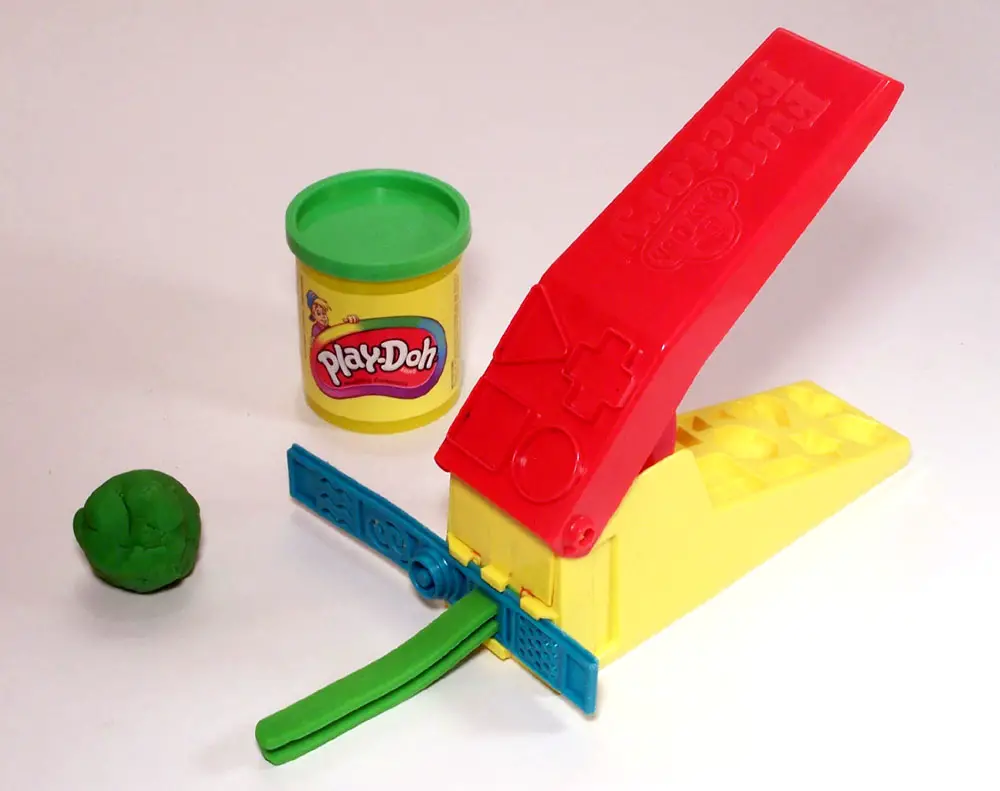
To most American kids, Play-Doh is all about making worms, pizzas, and occasionally eating it when no one’s looking. But in China, it became more than just a toy—it turned into a teaching tool. Teachers and parents started using it in classrooms to teach concepts like geometry, fractions, and spatial awareness. Instead of free-form creativity, it had more structure and purpose in educational settings.
While American marketing emphasized creative play, Chinese educators saw it as a hands-on learning opportunity. You’d find kids using it to build shapes and solve math problems rather than making spaghetti strands. It’s kind of amazing how something so squishy and fun can sneakily teach you math. Just goes to show that even a ball of dough can be reimagined when learning is the goal.
5. Etch A Sketch Became a Design Tool in Germany

The Etch A Sketch was every American kid’s test of patience—twisting those tiny knobs just right to make a house or a dog (or something vaguely house-adjacent). But in Germany, it was adopted not just as a toy but as a tool for design-minded kids. It was even sold in some hobby and architecture shops as a way to practice spatial awareness and motor skills.
German culture has long emphasized precision and engineering, so the toy naturally fit into that mold. Kids were encouraged to create geometric designs, blueprints, and even practice handwriting. Instead of scribbles and stick figures, it became about craftsmanship. And while Americans were shaking theirs clean in frustration, German kids were perfecting symmetry.
6. Easy-Bake Oven Became a Science Kit in Sweden
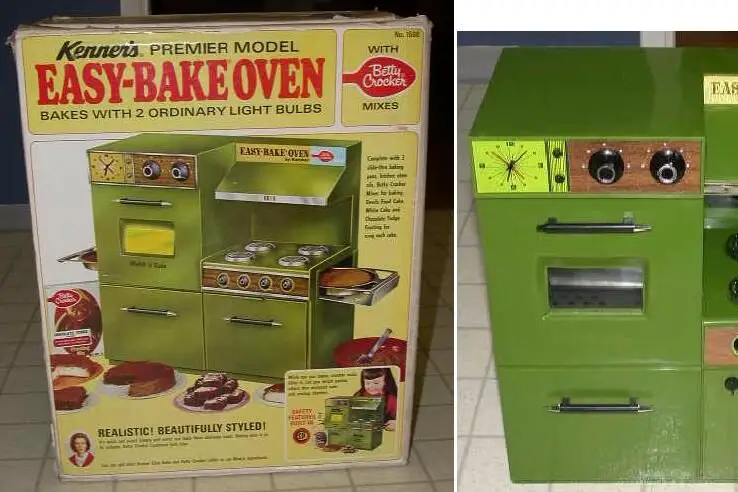
In the U.S., the Easy-Bake Oven was the first taste of independence for many kids—tiny cakes made under a lightbulb, proudly served to parents who pretended they were delicious. But in Sweden, the idea of kids baking for fun was reinterpreted through a more educational lens. Some companies created baking kits that focused on the science of food, linking the toy to chemistry and heat reactions.
Instead of making brownies for giggles, Swedish kids were learning how ingredients changed form and how heat transformed mixtures. They got booklets with experiments alongside recipes, turning the whole experience into something closer to a science fair than a bake sale. It was still fun, but there was always a lesson tucked inside. And somehow, it made those tiny cupcakes even cooler.
7. Lincoln Logs Turned Into Shrines in Thailand
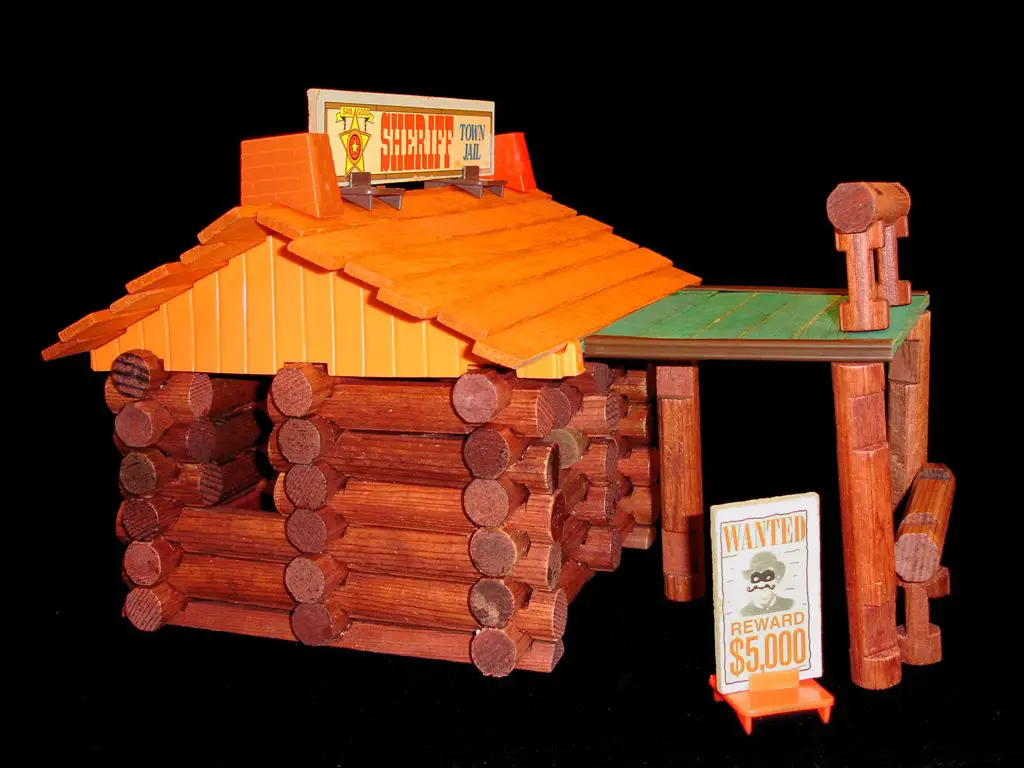
Lincoln Logs are as American as apple pie and log cabins, letting kids build miniature frontiers in the comfort of their living rooms. But when the concept reached Thailand, it took a more spiritual turn. Instead of building cabins or forts, kids used similar wooden pieces to create small shrines or temples. These structures mirrored traditional Thai architecture, complete with ornate roofs and symbolic elements.
In a country where temples are a cornerstone of both culture and design, this reinterpretation made total sense. The tactile, stackable nature of Lincoln Logs made them ideal for this kind of imaginative play. While American kids were creating rustic shelters, Thai kids were channeling their inner architects to build peaceful sanctuaries. Same pieces, totally different purpose.
8. My Little Pony Became a Folktale Hero in Russia
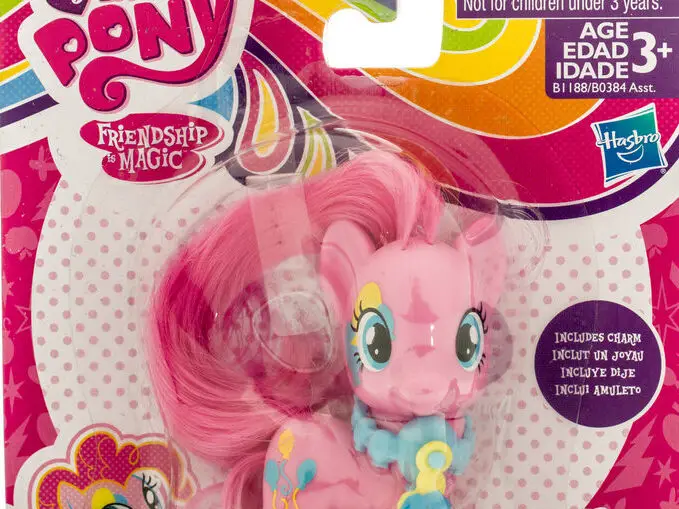
In the U.S., My Little Pony was all about rainbows, glitter, and friendship. But when it was adapted in Russia, the ponies became more like characters from a Slavic folktale. The colorful horses were grounded in stories of magical forests, brave deeds, and mythical beings. They were often tied into traditional fables or retold legends, giving them a completely different kind of charm.
This version leaned heavily into storytelling rather than just aesthetics. Russian culture has a rich tradition of oral tales, so toys often double as story prompts. Instead of just brushing manes and planning tea parties, kids were reenacting epic journeys with their ponies. They may not have had sparkles, but they definitely had soul.
9. Hot Wheels Turned Into Public Transit in the Netherlands

Hot Wheels in America are all about speed, stunts, and miniature muscle cars. But in the Netherlands, the concept shifted toward efficiency and design. Dutch kids often played with miniature replicas of trams, trains, and bicycles, turning the Hot Wheels idea into a reflection of their real-life transportation systems. Their tracks were less about loops and jumps and more about navigating realistic routes.
Given how much the Dutch rely on public transit and bikes, it made sense to tweak the concept. Their toys reflected values like sustainability and practicality rather than just adrenaline. So while American kids were racing Camaros off the couch, Dutch kids were organizing morning commutes and simulating traffic flow. It’s a very different vibe—but just as creative.
10. Cabbage Patch Kids Became Healing Dolls in Peru
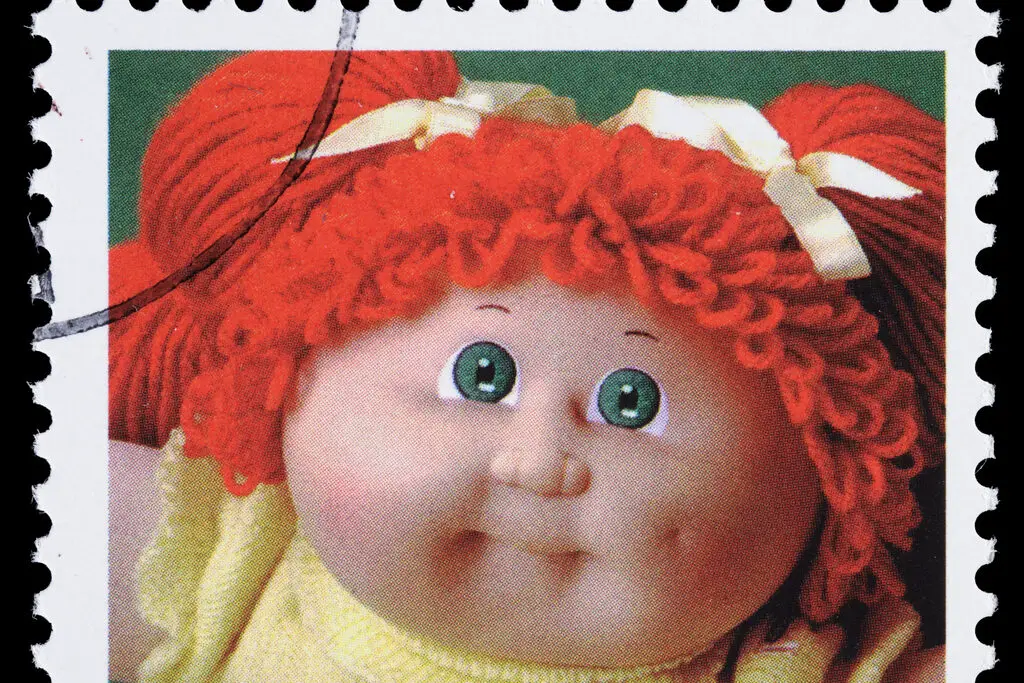
Cabbage Patch Kids were the ultimate American phenomenon—each one with a name, a birth certificate, and a distinct personality. But in Peru, similar dolls were adapted for a much deeper purpose. They were used in hospitals and counseling settings as part of therapeutic play, helping children process trauma or illness. These healing dolls often came with calming accessories like blankets and soft music boxes.
Peruvian culture places strong value on emotional connection and healing, especially through tactile and symbolic objects. The dolls became a way for kids to express feelings that were too big or confusing to talk about. Instead of quirky backstories, each doll was about comfort and empathy. And that shift turned a simple toy into a profound tool for wellness.
11. Rock ’Em Sock ’Em Robots Became Dance-Off Toys in Brazil
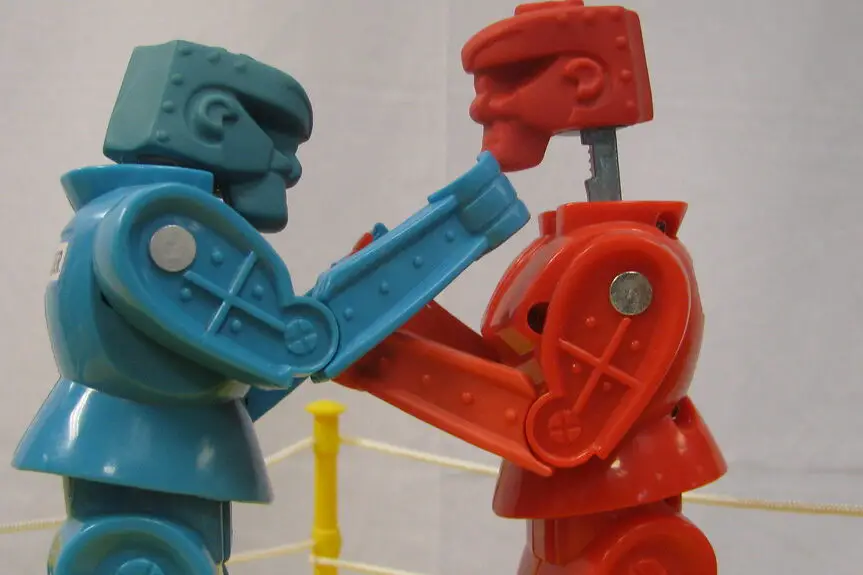
In the U.S., Rock ’Em Sock ’Em Robots are about one thing—punch until the other guy’s head pops up. But in Brazil, the concept was transformed into a dance battle instead of a brawl. The robots were rigged to move rhythmically to music, letting kids control their moves in a samba-inspired showdown. It was less about combat and more about who had the best groove.
Brazilian culture thrives on dance, rhythm, and expressive movement, so it made sense to swap out the boxing gloves for boogie shoes. The toy still had the same basic mechanics, but the point shifted from knockout to flair. Brazilian kids didn’t want to fight—they wanted to win with style. And honestly, a robot doing the moonwalk? Way cooler.
12. View-Master Became a Language Tool in Italy
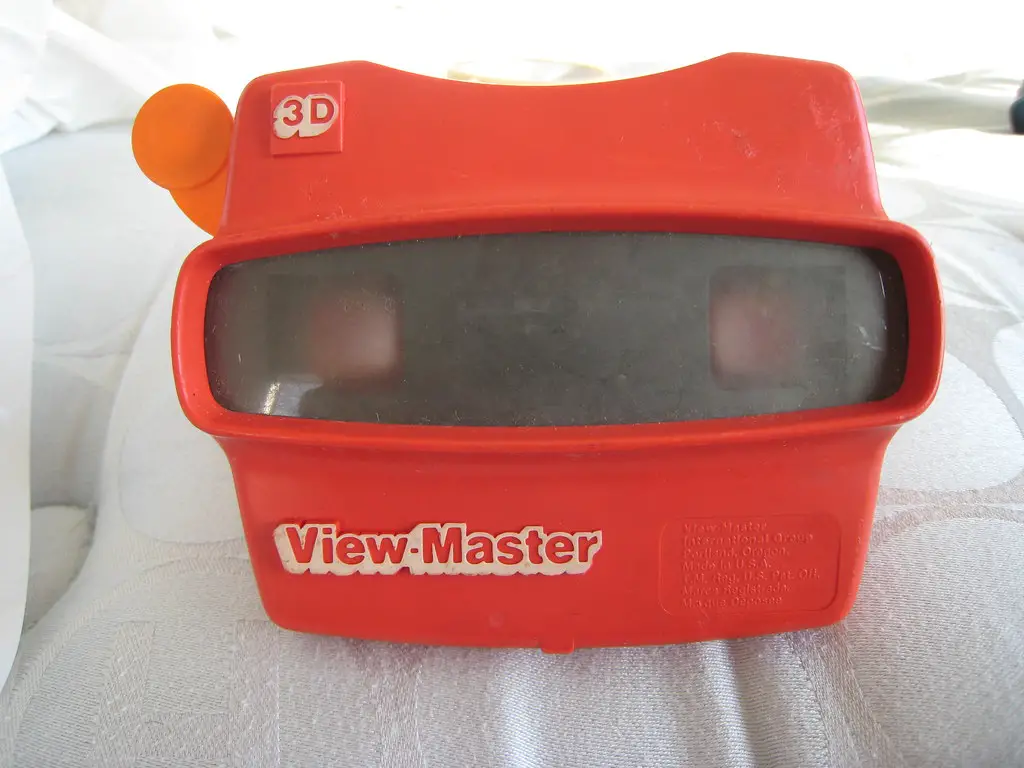
In America, the View-Master was the ultimate rainy day toy—clicking through reels of Disney scenes or travel slides with that satisfying ka-chunk. But in Italy, educators saw its potential as a language-learning tool. Schools started using reels that showed vocabulary words, sentence structures, and real-life situations in English and Italian. Kids were learning while having fun, without even realizing it.
Instead of cartoon stories, they’d see a grocery store scene labeled with Italian and English words, helping them absorb language contextually. The immersive quality of the View-Master made it perfect for visual learners. American kids were lost in fairy tales, while Italian kids were picking up verbs and nouns. And both were equally captivated.
